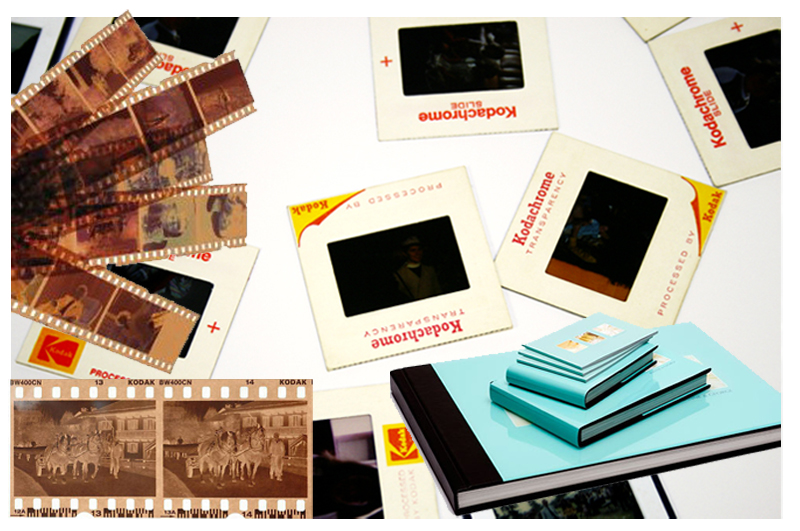Sharon and team provide a fabulous, professional and friendly service! I used the scanned photos for my Dad’s memorial celebration, on loop on a large screen in a function room – the memories filled the room with stories, laughter and love. Family, friends and old colleagues alike felt like my Dad was in the room celebrating with us! Thanks Sharon. Kay Dee
Scan / Digitise your Photos and Protect Them For Life
We restore & repair photos on a daily basis so we have see our fair share of damaged photos.
From torn, faded & marked photos, water damaged slides & negatives through to faded and discoloured portraits & lithographs.
Your photos are precious memories, so why not digitise them to keep them safe for you and future generations to enjoy.
We offer a Professional Photo Scanning Service. We can scan in your original photographs, slides, negatives, positives, glass slides, lithographs etc.
Photo Albums are a speciality as we are happy to remove them from (and put them back if requested) the album for you. In fact we recently worked with a customer who inherited 44 Photo Albums with approx 2,800 photos from her family. We removed the individual photos scanned in each one, catalogued them and then gave her 10 copies on USB sticks to give to her extended family.
Scanning & Resolution (detail)
Scanning in photos professionally is all about getting as much detail as possible from your image. This is called resolution.
As photo restoration specialists part and parcel of what we do is scanning photos, slides etc. to the highest resolution. This ensures that we get every possible detail from your photographs/pictures/portrait/art. We also work with documents and historical and war letters and documentation.
This in turn means that your photo can be enlarged without losing any of the detail.
Unlike many services we do not use automated image correction software bundled into scanners which often end with poor results. This can leave your photos discoloured and with a blur.
Every photo is unique and should be treated as so. Because of this we would always recommend raw scans and then when needed using photoshop to colour correct and restore.
Quality of Service
Your photos are precious and need to be treated with the utmost care. They can be easily marked by damaging oils on finger prints. So to keep your photos safe we always wear our lint-free gloves when handling your precious pictures.
All work is done in-house and each and every photograph is treated with the utmost care.
When your photographs are scanned they are then quality checked by us before you receive them.
Cataloguing
We offer cataloguing at no extra cost. If you would like to batch your photos by event/occasion/decade we will catalogue them for you.
What Do We Scan?
We have been working with Customers nationally and internationally as well Museums, Historians, Genealogists, Organisations, Sports & Social Clubs, Schools… for decades so you can imagine we have see it all.
We offer a professional scanning service for:
Photos Hard Copies, Loose and in Albums from passport size up to large format
Albums We can take the photos out of the album and put them back (upon request). In some Wedding Albums and older Albums the photos are stuck in the Album. We can scan them in directly from the Album
Film Slides/Transparencies (110, 126, 135 (35mm), Negs etc in all sizes
Glass Slides Photographic and Painted Glass Slides
Documents & Letters War Memorabilia, Historical and Personal
Old Style Lithographs, Daguerrreotypes, Ambrotypes & Tintypes
Resolution for Types of Scans
Hard Copies, Slides, Negatives & Film
PHOTOS Resolution: Up to 1,000dpi, depending on the size of your photo
Slides, Negs and Film Resolution: Naturally 3,200dpi. Up to 6,400dpi
We work with Hard Copies, Slides (+ glass slides), Negatives & Film on a daily basis with no limit on the amount we scan.
Lithographs, Daguerrreotypes, Ambrotypes & Tintypes
Resolution: Up to 1,000dpi, depending on the size of your image or portrait
These styles of printing date back to the 1800s!
Not only do we scan your precious portraits and art to the highest possible quality we can also restore them.
We are asked on a regular basis how can you tell the difference. We have put together a quick guide to the different types and their distinguishing features.
Please below for more information. If you ever need any help or advice please do call or email us.

